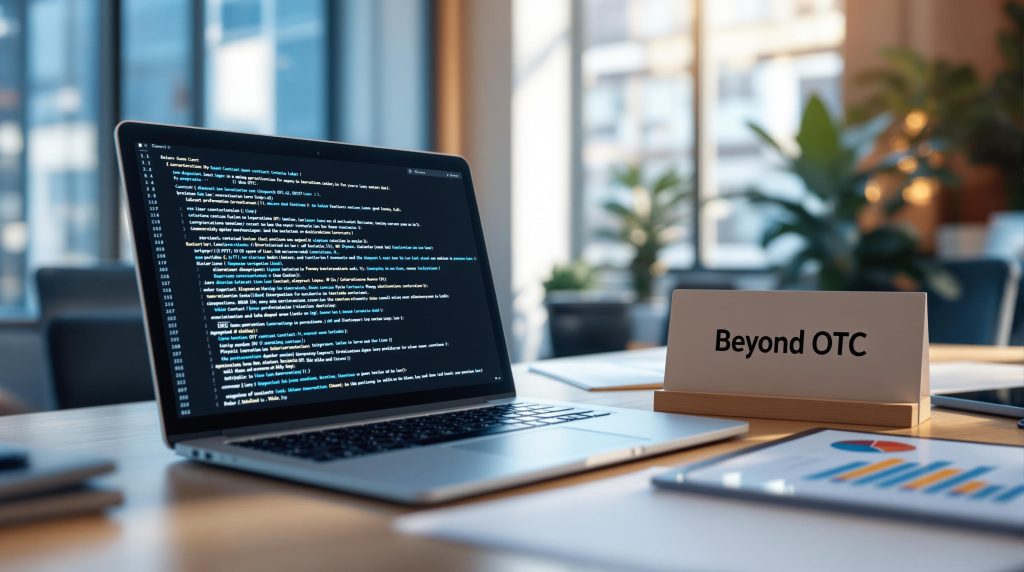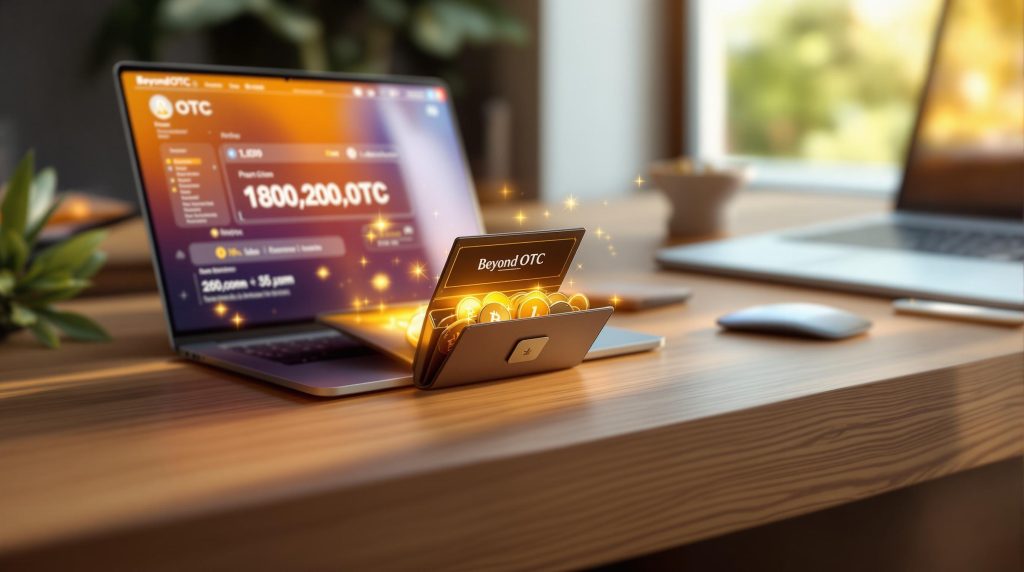Smart contracts are powerful tools for automating agreements, but they come with risks that can lead to disputes. Here’s how to prevent them:
- Key Risks: Code bugs, vague terms, and unreliable external data (oracles) are the main triggers for disputes.
- Prevention Tips:
- Write clear, detailed contract terms.
- Test thoroughly with unit and integration tests.
- Use security audits to catch vulnerabilities.
- Rely on multiple oracles and secure data inputs.
- Implement multi-signature approvals for critical actions.
- Legal Compliance: Combine smart contract code with traditional legal agreements, follow cross-border regulations, and define dispute resolution processes.
- Dispute Resolution: Use blockchain arbitration and escalation protocols, blending automated systems with human intervention when needed.
- Maintenance: Regularly update contracts to fix bugs, adapt to new regulations, and stay compatible with evolving technology.
Demystifying Smart Contract Security: Facts & Fallacies …
Building Secure Smart Contracts
Creating secure smart contracts requires precise coding and a strong focus on security measures.
Clear Contract Terms
Make sure to document the contract’s details in plain, understandable language. This should include:
- The contract’s purpose and scope
- Defined roles and responsibilities
- Trigger conditions and expected outcomes
- Plans for handling edge cases
When implementing these requirements in code, stick to standardized patterns and use clear, descriptive naming. For instance, opt for function names like transferOwnership() instead of vague ones like transfer(). Add comments to your code explaining the purpose of each function, its parameters, and return values.
After defining the terms, thorough testing is essential to confirm the contract’s security.
Testing and Audit Steps
- Unit Testing: Test individual components to check input validation, access control, state transitions, and error handling.
- Integration Testing: Examine how contract components interact with each other and external systems. Focus on areas like cross-contract communication, oracle data feeds, and token transfers.
- Security Audits: Hire professionals to review your contract. This includes manual code reviews, automated vulnerability scans, formal verification (if needed), and documentation checks.
These steps help ensure your smart contract is reliable and secure.
Data Sources and Security
To minimize disputes and protect critical operations, secure your data inputs and processes.
- Use Multiple Oracles: Rely on several data sources to avoid single points of failure. Add time delays for sensitive operations and use circuit breakers to handle extreme market conditions.
- Multi-Signature Approvals: Require multiple approvals for high-stakes operations. Set thresholds based on transaction values and include emergency pause mechanisms for added safety.
These measures strengthen the reliability and security of your smart contracts.
Legal Requirements
Ensuring smart contracts comply with legal standards requires careful attention to various regulations. Proper implementation can help avoid disputes and maintain trust.
Cross-Border Rules
Smart contracts operating across borders encounter diverse regulatory hurdles. To address these, consider the following:
- KYC Integration: Use robust Know Your Customer (KYC) measures, including document verification, biometric authentication, and regular updates.
- AML Compliance: Implement systems to monitor transactions, flag suspicious activity, generate reports for regulators, and maintain audit logs.
- Multi-Currency Support: Support multiple currencies with transparent terms for exchange rates, settlement timelines, fees, and triggers for currency conversion.
These steps help merge legal requirements with the automated nature of smart contracts.
Legal Contract Integration
Combining secure coding with legally binding agreements strengthens enforceability and reduces ambiguity. Integrate traditional legal language with smart contract code by focusing on these areas:
Dual Contract Structure
- Create a legal document outlining terms, conditions, and applicable jurisdiction.
- Develop smart contract code to automate specific functions.
Enforcement Mechanisms
- Define clear dispute resolution methods.
- Specify governing law and jurisdiction.
- Identify points where human intervention is required.
- Document how legal agreements and smart contracts interact.
Documentation Requirements
- Details of smart contract deployment.
- Version history of the code.
- Updates to legal agreements.
- Evidence of regulatory compliance.
- Results from technical audits.
sbb-itb-7e716c2
Dispute Resolution Systems
Even with strong prevention measures, disagreements over smart contracts can still happen. Setting up effective resolution systems is crucial for maintaining trust and ensuring smooth blockchain-based agreements.
Blockchain Arbitration
On-chain dispute resolution offers transparency and speed through automated processes. Here are the main elements:
Arbitration Clauses
These clauses outline:
- What triggers disputes and the thresholds involved
- How arbitrators are chosen
- Rules for submitting evidence
- Response deadlines
- Methods for enforcing decisions
Multi-Signature Controls
Multi-signature wallets provide tools to:
- Temporarily freeze funds during disputes
- Release funds based on arbitration decisions
- Manage escalations step-by-step
- Handle emergencies with clear protocols
Evidence Management
This ensures:
- Records are tamper-proof
- Documentation is timestamped
- Audit trails are verifiable
- Access to evidence is secure
Combined Resolution Methods
When automated processes on the blockchain don’t fully resolve disputes, blending traditional methods can improve outcomes. Combining these approaches helps tackle more complex issues effectively.
Technical-Legal Integration
A robust resolution system should include:
- Reviewing smart contract code
- Verifying related legal documents
- Consulting technical experts for insights
Escalation Protocol
A structured process for resolving disputes:
1. Automated Resolution
Smart contract logic handles initial disputes using predefined conditions and rules.
2. Mediation Layer
If automation doesn’t work, mediators step in to review evidence and help the parties find a solution.
3. Formal Arbitration
For more complicated cases, formal arbitration involves:
- Technical experts
- Legal advisors
- Blockchain professionals
- Keeping detailed records of the dispute
Enforcement Mechanisms
Resolution results are carried out through:
- Automated smart contract functions requiring multi-signature approvals
- Oracle-verified external data
- Settlement across different blockchain networks
Combining advanced technology with legal expertise ensures transparency and fairness throughout the dispute resolution process.
Contract Maintenance
Regular maintenance is key to catching potential issues early, preventing them from turning into bigger problems. It builds on earlier security and audit efforts, creating an ongoing process to manage risks.
Contract Updates
Updating smart contracts requires careful planning and execution to ensure security and avoid disruptions. Follow these steps for a smooth update process:
Version Control System
Keep a detailed record of your contract’s history, including:
- Current version
- Changes made over time
- Deployment dates
- Results from testing
Update Implementation
1. Assessment Phase
Determine the need for updates by:
- Reviewing performance data
- Considering user feedback
- Checking compliance with regulations
- Identifying security weaknesses
2. Testing Protocol
Carry out thorough testing to minimize risks:
- Run simulations on test networks
- Perform security audits
- Ensure compatibility with previous versions
3. Deployment Strategy
Plan the deployment carefully by scheduling updates, notifying stakeholders, and monitoring the contract’s performance after implementation.
These steps help your smart contract stay secure and functional as technology evolves.
Technology Updates
Staying ahead with technology updates is just as important as maintaining contracts. Blockchain platforms and related tools change frequently, so keeping up is essential to ensure your contract remains functional and secure.
Platform Monitoring
Keep track of updates in key areas like:
- Protocol changes
- New security measures
- Added features
- Deprecated functionalities
| Update Type | Monitoring Frequency | Action Required |
|---|---|---|
| Security Patches | Daily | Apply immediately |
| Protocol Updates | Weekly | Review and plan integration |
| Feature Releases | Monthly | Evaluate and ensure compatibility |
| Network Changes | Quarterly | Update connection endpoints |
Technical Adaptation
Make necessary adjustments to align with blockchain updates:
- Monitor gas optimization practices
- Update oracle connections
- Upgrade external libraries
- Ensure API compatibility
Security Enhancement
Adapting to changes in technology also strengthens the security measures discussed earlier. This includes:
- Running comprehensive security scans
- Updating access controls
- Revising encryption standards
- Reviewing authentication methods
Summary and Expert Support
As outlined earlier, combining strong technical measures with proper legal frameworks plays a key role in reducing the likelihood of disputes. A well-rounded approach that includes technical precision, legal adherence, and regular updates is essential for preventing potential issues.
Technical Measures
- Conduct comprehensive testing
- Keep contract documentation clear and organized
- Use secure and reliable data sources
- Implement automated monitoring tools
Legal Measures
- Follow cross-border regulations
- Blend legal contracts with smart contract code
- Clearly outline dispute resolution steps
- Keep compliance records up to date
With these foundations in place, expert assistance can further strengthen your efforts to avoid disputes.
Expert Support for Implementation
BeyondOTC offers specialized support, including legal advice, security audits, regulatory guidance, and technical expertise.
| Area of Focus | Key Needs | Expert Assistance Available |
|---|---|---|
| Technical Security | Audits, testing, and monitoring tools | Security audit partners, Technical advisors |
| Legal Compliance | Adherence to regulations, Contract integration | Legal consultants, Compliance specialists |
| Maintenance | Updates and security enforcement | Implementation guidance, Network support |
These resources help address technical, legal, and maintenance challenges throughout the lifecycle of your smart contract.
Ongoing Support
Ongoing support includes:
- Regular technical updates and security checks
- Enhancements to protocols
- Adjustments for regulatory compliance
- Performance tuning
Through BeyondOTC’s network, projects can stay updated on industry trends and best practices. Their legal consultancy services ensure that smart contracts continue to meet regulatory requirements while maintaining high levels of functionality and security.




